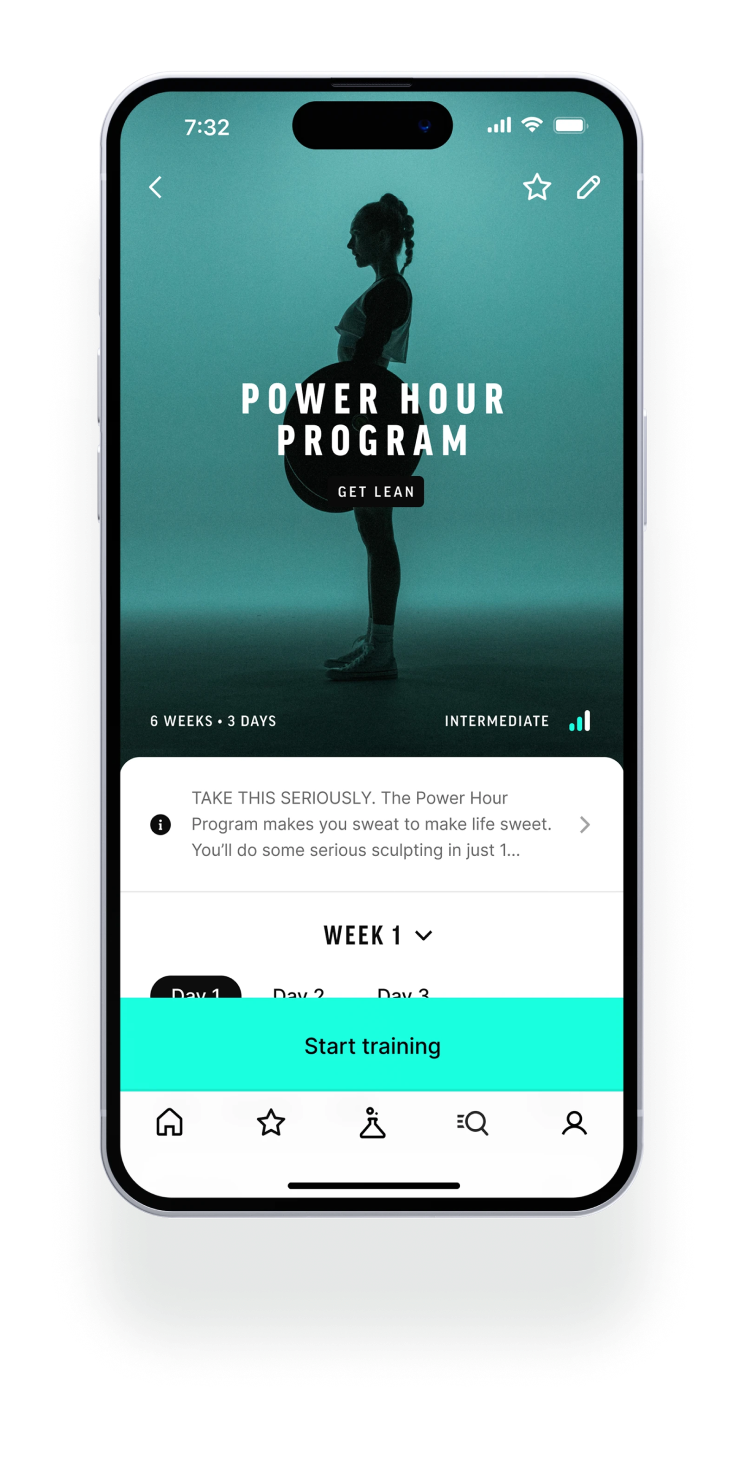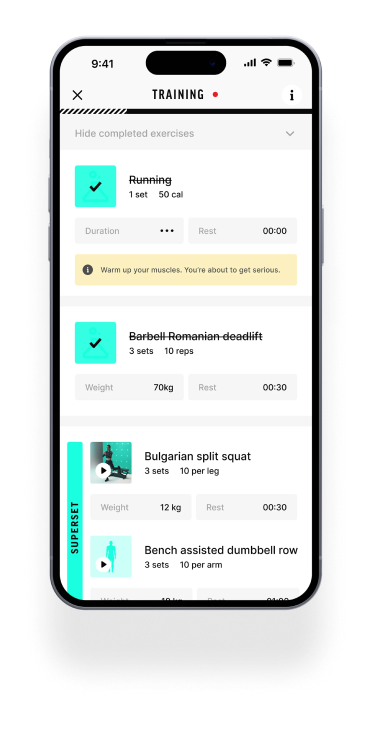Ultimate Guide to Muscle Building: Sets, Rest, and Reps
In this article, you'll get the scientific answers to how to effectively apply training variables (number of sets, how many reps, how much rest, etc.) for a muscle-building routine.
The science concerning training variables for hypertrophy (muscle growth) is relatively young. Nonetheless, current knowledge about all these variables is pretty decent. Expect future updates to fine-tune or even change current guidelines. So, keep an eye on upcoming research and Serious Fitness Lab—we'll keep you up-to-date.
How Many Sets Per Muscle Group for Muscle Building?
If you're a beginner, starting with around 10 sets per muscle group per week is a good idea. Up to the 10th set, a training program is likely more effective than fewer sets. This, of course, varies from person to person and muscle group to muscle group but is a good rule of thumb to start with.
For advanced lifters, the number of sets is probably higher—6 to 10 sets per training session per muscle group isn't crazy. You'll never fully pin down the most effective number of sets, but going beyond the optimal number makes your muscle-building routine less effective. The optimal volume leaves you with slight muscle soreness a few days post-workout.
How Many Sets Per Exercise for Muscle Building?
For each exercise, 3 to 5 sets produce a stronger growth response than just one set. On the other hand, 10 sets per exercise don't contribute to more muscle growth than 5 sets. Start with, say, 3 sets and experiment to see if 4 or 5 sets give you a better growth stimulus. The fewer sets you need for results, the more effective your strength training regimen is.
How Often Should You Train a Muscle Group Per Week and How Much Rest in Between?
To effectively grow a muscle, the recommendation is to train it at least once a week. Twice a week is probably more effective than once, given that protein synthesis typically drops back to normal levels after about 48-72 hours. For advanced folks, even three or more times a week might be an option. More research is needed for a definitive answer, though.
How Many Reps Lead to the Most Muscle Growth?
You can stimulate muscle growth with nearly all weights equally well. Whether you do 5 or 20 reps to near muscle failure doesn't make much difference. In all cases, growth-rich muscle fibers are activated and stimulated to build more muscle tissue. The classic 6-12 reps are not a bad choice, as it's time-efficient and load-effective. So, do most sets in your muscle-building routine with 6 to 12 reps.
Slower Reps for Bigger Muscles?
Whether you do a movement consciously slower or faster doesn't really matter if you're training to (near) muscle failure. The effective growth stimulus is the same in the last reps of a normal or deliberately slower set. Even if you perform the initial reps quicker, the final 3 reps before muscle failure are slow enough to trigger clear muscle growth. In short, muscles don't grow better from intentionally extending time-under-tension.
How Long Should You Rest Between Sets for Muscle Building?
To train your muscles as effectively as possible throughout the workout, it's best to rest between 2 to 5 minutes between sets. The era of the golden 90 seconds is likely over. If you add supersets, you can rest less between exercises and still train effectively. You can get more done in less time. Training with supersets may well be the smartest method for muscle building.
Does Eccentric Training Increase Muscle Mass?
Eccentric training, like the lowering phase in bench press or squat, probably doesn't cause more muscle growth unless you're using a supra-maximal weight. The downside of lifting a weight you can't lift yourself is the extra muscle damage it brings. Lowering a rep more slowly as compared to letting it drop is wise, though. The slower you lower a rep, the more work the active muscle tissue has to do.
Order of Exercises Essential for Muscle Growth
Train the muscles you care about most at the start of your workout. If you value triceps more than chest, start with your triceps exercises, no matter what you've read or heard. You don't necessarily have to start with compound exercises before isolation ones. What's most important comes first. If you don't have a preference, progressing from large compound exercises to smaller isolation exercises is likely the most efficient growth method.
Full or Partial Range of Motion (ROM)?
In most exercises, it doesn't make a huge difference for muscle growth whether you perform a full or partial movement. However, in some compound exercises, the range of motion does indeed limit which muscle will grow the most. Training at extreme stretching positions might (notice the "might") promote 'length-growth' of muscles, while avoiding these could lead to slight increases (note the "slight increases") in thickness. For overall development, stick mainly to full ROM exercises, but don't feel obligated.
Isolation and Machine Exercises Effective for Muscle Building?
In isolation and machine exercises, it's easier to identify the limiting muscle group— the muscle group that will benefit the most from an exercise. The technical execution also impacts which muscle gets trained the most. Isolation and machine exercises can provide just as much muscle growth as compound exercises and those performed with dumbbells or barbells. However, training with large ranges of motion and free weights contributes to a more well-rounded physical development, think core stability, increased bone density, coordination, and endurance.

GET SERIOUS MUSCLE GROWTH WITH SERIOUS FITNESS LAB
You've now got a scientific look at the training variables for muscle building. Ready to level up? What if you could immediately start with more than 100 muscle-building routines based on this info? You can with our app, Serious Fitness Lab. No BS here, just plans based on rock-solid science. Try it now and discover how we help you seriously pack on the muscle. Train smart, live hard, and grab those gains. Seriously!
START TRAINING SERIOUSLY
Discover new training methods based on scientific knowledge, improve your form and technique and seriously track your fitness goals.






